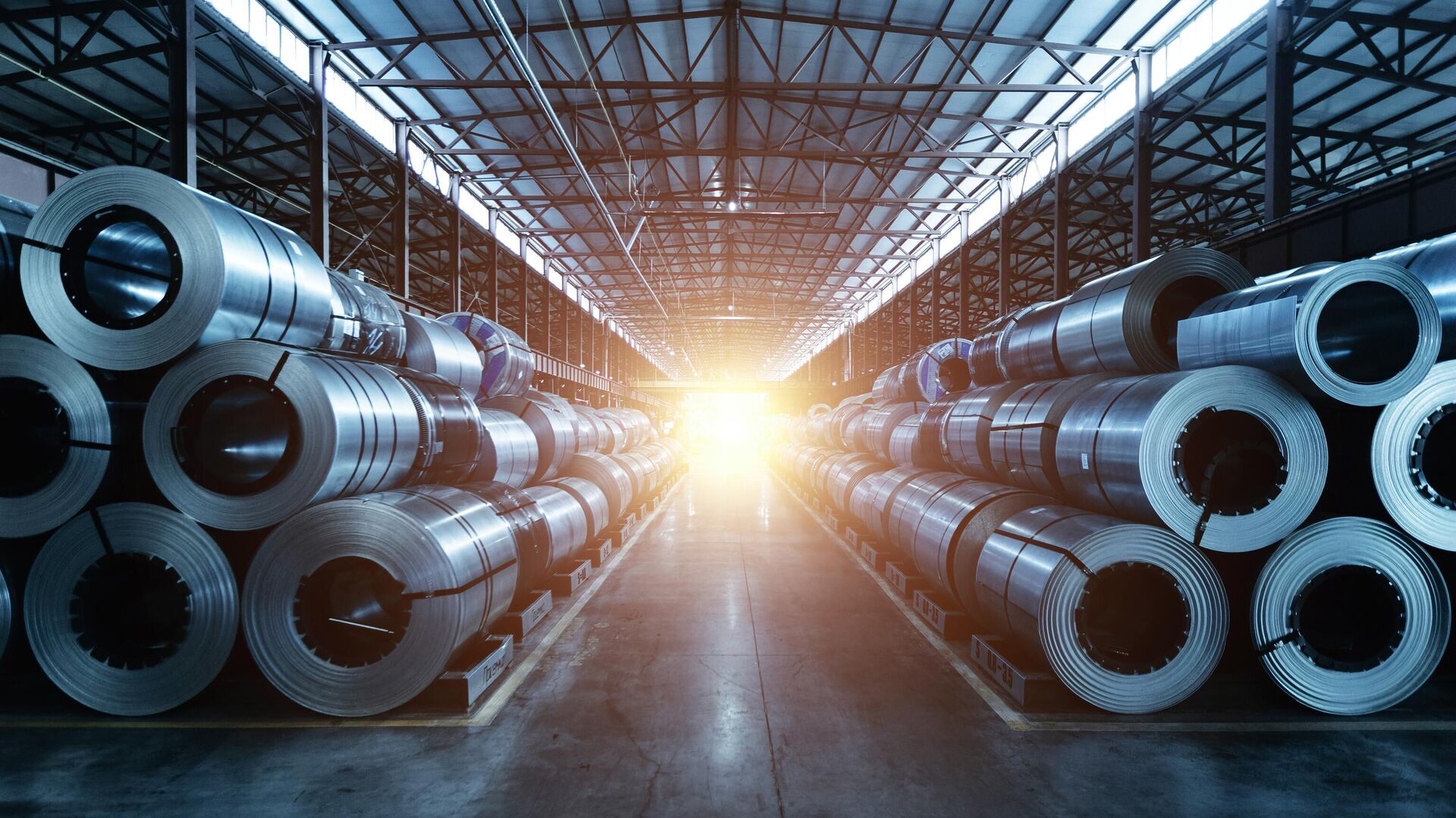
MOSCOW, December 11. Volgograd State Technical University scientists have proposed a technology for creating layered metal-intermetallic composite materials using explosion welding. Such materials, like a natural shell, consist of many alternating thin layers with different properties and, according to the authors of the work, can in the future be used in power plants, cryogenic and heat exchange equipment as heat-protective barriers, wear-resistant coatings, heat-resistant and heat-resistant materials. The results of the study were published in Metals.
Intermetallic compounds are chemical compounds consisting of two or more metals that occupy an intermediate position between metals and ceramics. They retain their structure and strength at high temperatures, have a relatively low density, and have good functional characteristics. The only drawback limiting the use of these materials is fragility.
As experts from the Volgograd State Technical University (Volgograd State Technical University) said, it is often necessary to combine quite different properties in one material, for example, high strength and low density, wear resistance and thermal and electrical conductivity. Traditional materials (metal alloys, polymers, ceramics) can rarely provide a set of properties, so composite materials are created consisting of a matrix and a strengthening component (intermetallic compound) distributed in it.
According to scientists, in layered metal-intermetallic composites, metal layers ensure the plasticity of the material at room temperature, and intermetallic layers provide high values of tensile strength and yield at elevated temperatures, as well as the necessary functional properties, for example, heat and wear resistance.
< br />
Materials scientists from different countries are actively working on the creation of such composites. Today, to obtain them, it is proposed to use ion-plasma or magnetron sputtering, diffusion welding or rolling of a stack of plates with subsequent heat treatment or laser processing.
The specified production technologies have a number of disadvantages associated mainly with their energy intensity and complexity the technological equipment used (unique hydro- and gas-stats, vacuum thermal equipment are required), limited capabilities for shaping and subsequent technological stages.
< /span>
In addition, these methods are limited by low diffusion rates due to the presence of a diffusion barrier at the oxide interfaces. Layered materials produced by explosion welding are practically free of this drawback due to the cleansing effect of a cumulative jet of hot compressed gases passing in front of the moving point of metal joining.
The technology for producing such materials, including explosion welding, pressure treatment and high-temperature heat treatment, opens up the possibility of forming layered materials and coatings from almost any combination of metals and alloys capable of forming intermetallic compounds.
The proposed technology, according to VolSTU scientists, will significantly reduce the consumption of scarce and expensive materials and can be developed on the basis of existing metallurgical enterprises where there are conventional rolling and thermal sections.
“»In the course of our research, we have established optimal explosion welding modes , providing a strong bond between the layers of titanium and nickel alloys, as well as subsequent heat treatment necessary for the synthesis of intermetallic layers of the required thickness and composition,” said one of the authors of the study, Associate Professor of the Department of Materials Science and Composite Materials of Volgograd State Technical University Artem Bogdanov.
< /span>
Bogdanov explained that the choice of titanium and nickel alloys as the basis for creating layered metal-intermetallic composites is due to their good explosion weldability, similar values of deformation resistance, as well as the unique properties of intermetallic compounds at normal and elevated temperatures.
The research was carried out within the framework of the Russian Science Foundation grant No. 21-79-10246 “Development of scientific foundations for the formation of the structure and properties created using explosion energy of layered functional-gradient coatings based on alloyed nickel and chromium aluminides.”
In the future, VolGTU specialists plan to evaluate the functional properties of metal-intermetallic composites, primarily their heat resistance and oxidation resistance.
VolGTU is a participant in the state support program for universities of the Russian Federation «Priority-2030» of the national project «Science and Universities».
/>








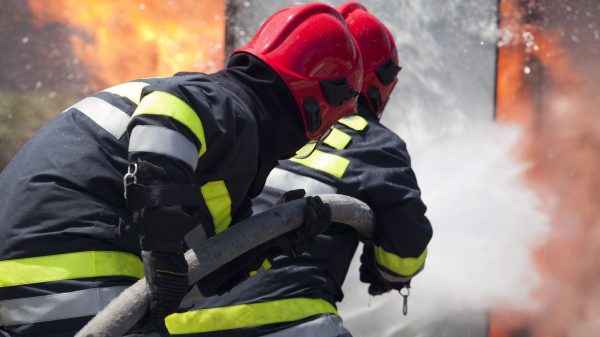

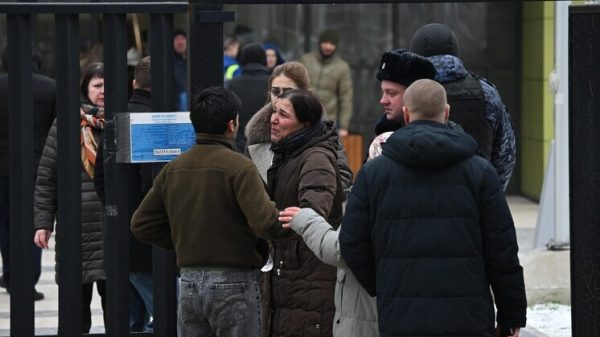







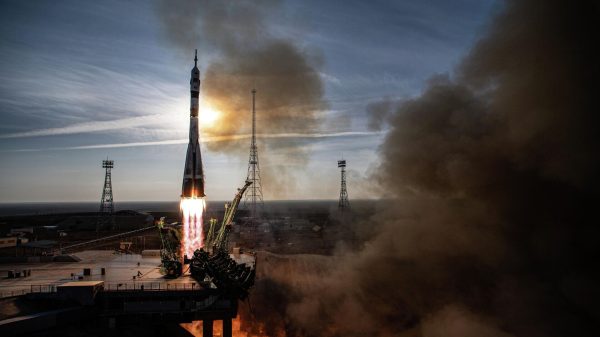

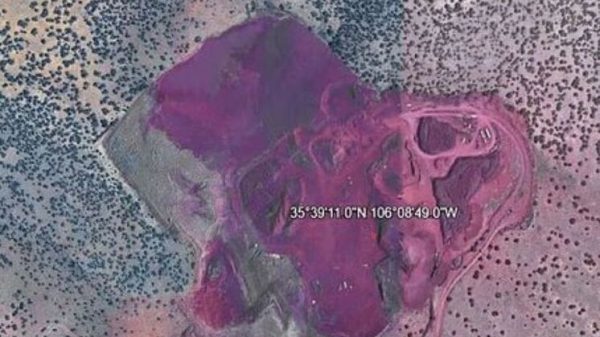
































Свежие комментарии